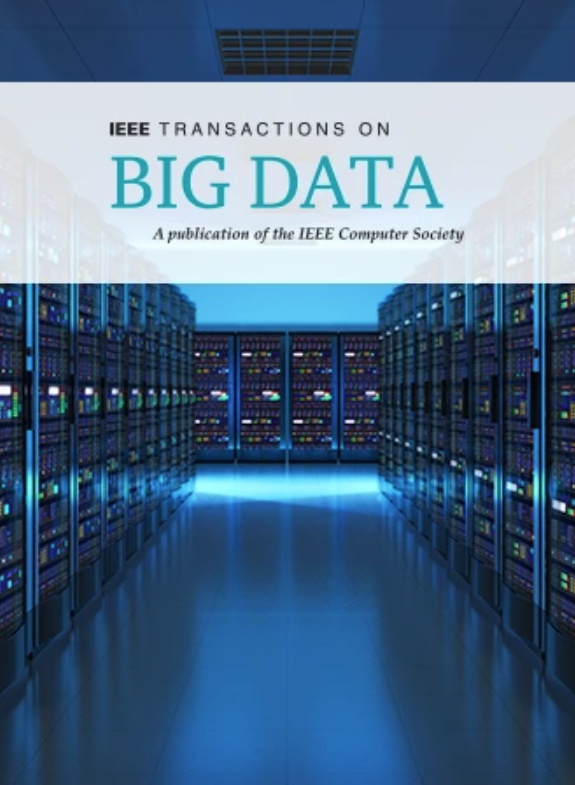社交网络中谣言的检测及其来源:一个综合调查
IF 5.7
3区 计算机科学
Q1 COMPUTER SCIENCE, INFORMATION SYSTEMS
引用次数: 0
摘要
随着近年来社交网络平台技术的进步,大量的信息正在迅速传播。在这种情况下,辨别信息的真假变得越来越困难。如果虚假信息大量扩散,可能会导致不良后果。因此,当我们接收到一些信息时,我们可以提出以下两个问题:$(i)$这个信息是真的吗?$(ii)$如果不是,最初是谁传播了该信息?第一个问题是谣言检测问题,第二个问题是谣言源检测问题。谣言检测问题涉及识别和减轻通过各种沟通渠道,特别是在线平台和社交媒体传播的虚假或误导性信息。谣言可以是无害的,也可以是旨在欺骗或操纵观众的故意误导内容。检测错误信息对于维持信息生态系统的完整性和防止有害影响至关重要,例如错误信念的传播、两极分化甚至社会危害。因此,在快速识别此类错误信息的同时,找到其来源,阻止其在网络上传播是非常重要的。然而,现有的大多数调查都将这两个问题分开分析。本文首先对联合检测方法在谣言检测和谣言源检测问题上的研究现状进行了综述。本调查将这两个问题放在一起,以便观察它们的关系,并提供这两个问题的相似和不同之处。本文还阐述了谣言检测、谣言源检测及其组合问题的局限性,并提出了未来工作中需要解决的一些挑战。本文章由计算机程序翻译,如有差异,请以英文原文为准。
Detection of Rumors and Their Sources in Social Networks: A Comprehensive Survey
With the recent advancements in social network platform technology, an overwhelming amount of information is spreading rapidly. In this situation, it can become increasingly difficult to discern what information is false or true. If false information proliferates significantly, it can lead to undesirable outcomes. Hence, when we receive some information, we can pose the following two questions: $(i)$ $(ii)$
求助全文
通过发布文献求助,成功后即可免费获取论文全文。
去求助
来源期刊

IEEE Transactions on Big Data
Multiple-
CiteScore
11.80
自引率
2.80%
发文量
114
期刊介绍:
The IEEE Transactions on Big Data publishes peer-reviewed articles focusing on big data. These articles present innovative research ideas and application results across disciplines, including novel theories, algorithms, and applications. Research areas cover a wide range, such as big data analytics, visualization, curation, management, semantics, infrastructure, standards, performance analysis, intelligence extraction, scientific discovery, security, privacy, and legal issues specific to big data. The journal also prioritizes applications of big data in fields generating massive datasets.
 求助内容:
求助内容: 应助结果提醒方式:
应助结果提醒方式:


